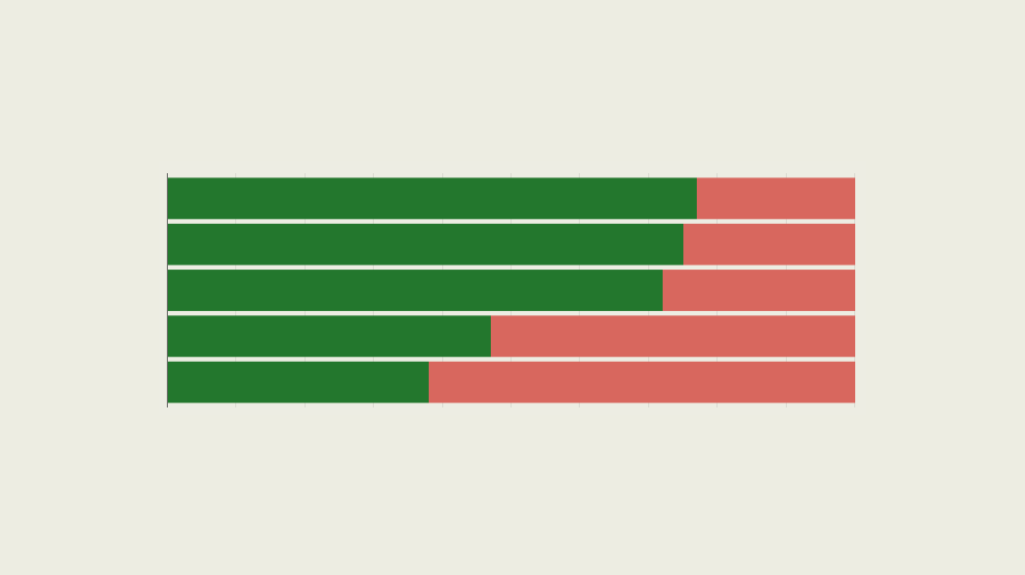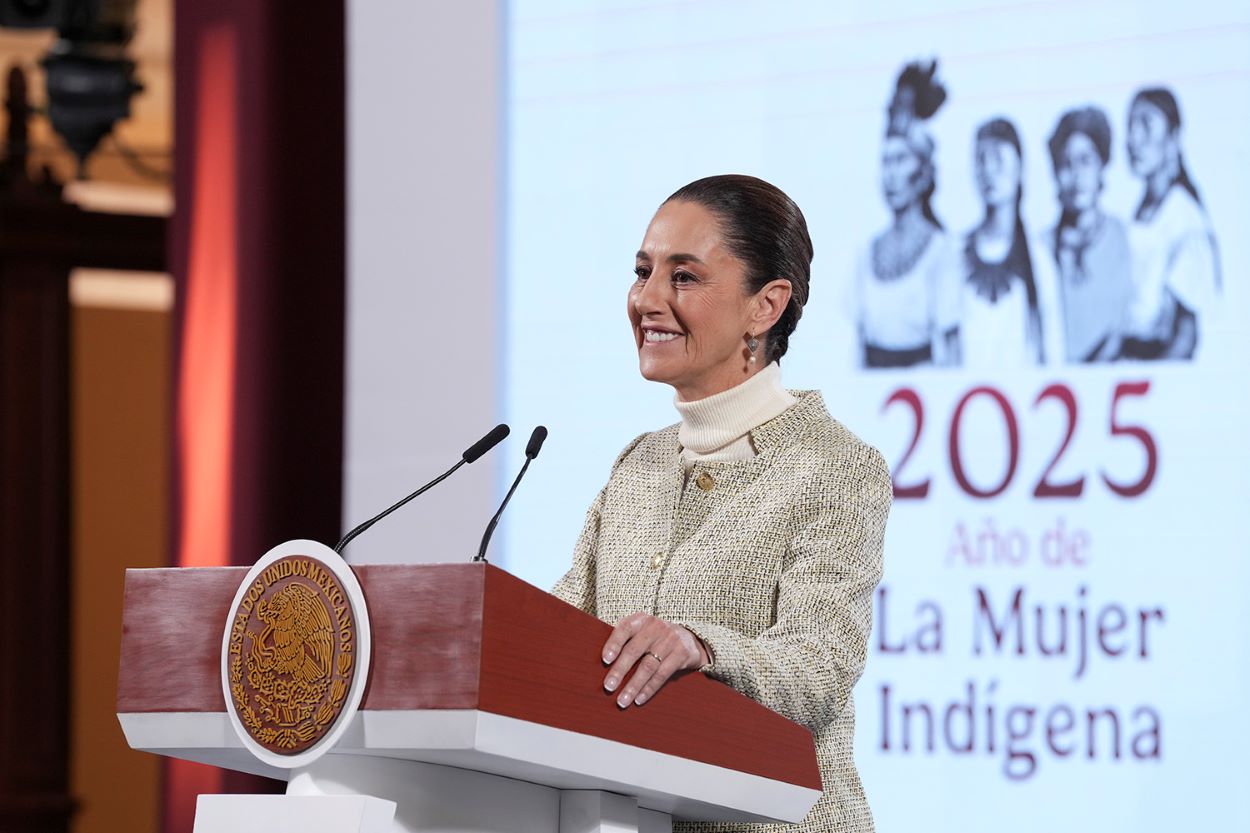COP21 Update: How Are Latin American Cities Preparing for Climate Change?
COP21 Update: How Are Latin American Cities Preparing for Climate Change?
Proactive local governments in Argentina, Brazil, Colombia, and Mexico are moving faster than national ones.
Cities, home to more than half of the world’s population and drivers of countries’ economies, consume 78 percent of the world’s energy, making them major contributors to greenhouse gas emissions. At the same time, cities are increasingly vulnerable to climate change hazards as sea levels rise and windstorms increase in severity and frequency, posing serious threats to urban infrastructure and basic services. As such, what happens in cities matters now more than ever: cities are part of the climate change crisis but also part of the solution.
A key moment for Latin American cities
In Paris this month, 195 countries reached a landmark agreement to reduce greenhouse gas emissions. But cities also made history at COP21, where “their voices [were] fully recognized,” said former New York City Mayor and UN Special Envoy for Cities and Climate Change Michael Bloomberg in a side event with more than one thousand mayors and local leaders. These local governments have strong influence over policies that influence emissions such as energy efficiency standards, greening infrastructure, and public transportation. “Everyone knows the subnational governments have moved out faster than the national governments,” said former U.S. Vice President Al Gore during the launch of the Five-Year Vision initiative for cities during COP21, where 7,000 cities and regions representing 17 percent of the world’s population committed to take action on climate change.
Latin America and the Caribbean make up the most urbanized region of the world, with nearly 8 out of 10 people living in cities. Certain mayors are leading the way to combat climate change. Ahead of the COP21 talks, 432 global cities joined the Compact of Mayors, the world’s largest network of city leaders committed to reduce greenhouse gas emissions and address climate change. To date, only 12 have met the requirements to be recognized as a Compliant City. Three are in Latin America: Rio de Janeiro, Buenos Aires, and Mexico City.
Latin American cities leading the way
- Rio de Janeiro, the Americas’ sixth-largest city, was the first global city to be in compliance with the Compact of Mayors. Rio committed to reduce 20 percent of greenhouse gas emissions by 2020. In March, Mayor Eduardo Paes joined more than 20 cities at the first-ever Latin American Mayors Forum in Buenos Aires to discuss their climate change action plan. One initiative involved building 150 kilometers of bus routes to replace cars, leading the city’s mass transit use to leap from 18 percent to 63 percent in eight years. In 2013, Rio earned the C40 & Siemens Climate Leadership Award in the Sustainable Communities category for its Morar Carioca Program—a comprehensive urban revitalization strategy to improve living conditions in favelas.
.
Rio has already felt the impact of climate change. The heaviest rains in decades hit the city in 2010, killing 175 people and leaving another 15,000 homeless. Some 20 percent of Rio’s population lives in favelas, usually the areas most vulnerable to flooding and mudslides.
- In September 2015, Buenos Aires reached the Compact compliance milestone. During the mayoralty of Mauricio Macri, now president of Argentina, the city committed to reduce 30 percent of emissions by 2030. Buenos Aires was recognized in 2013 with a C40 & Siemens award for Macri’s plan of sustainable mobility. The following year, the city won this distinction again, this time for its solid waste management strategy, which aims to reduce waste sent to landfills by 83 percent by 2017. In 2014, the city also won the Sustainable Transport Award for the implementation of its high-quality bus rapid transit system in 9 de Julio Avenue—the widest in the world—replacing several of its 20-car lanes for bus
-only ones.
.
Buenos Aires’ location in the Río de la Plata estuary and relatively flat topography make it prone to storms and flooding. In August 2015, Buenos Aires province registered a record rain that forced more than 20,000 people from their homes due to severe flooding, although the city was less affected. The city has improved its drainage system to prevent flooding.
- In November, Mexico City, the fourth-most populated city in the world with an agglomeration of around 21 million people, earned the City Compliant seal and for having a unique emissions inventory that meets the highest standards. At the COP21 Buildings Day, Mayor Miguel Ángel Mancera announced a new norm to incorporate energy-efficiency measures in the city’s construction code. Mancera also pledged at the November Resilience Summit to devote $1.1 billion—approximately 10 percent of the annual budget—to make the city better prepared to respond to shocks. Known as the most polluted city in the world in 1992 and famous for its bad air quality, Mexico City undertook major improvements over the past two decades. In 2013, it earned the C40 & Siemens award for its Proaire program, recording impressive reductions in local air pollution; the city decreased its carbon emissions by 7.7 million tons in only four years, surpassing its goal of 7 million.
.
However, in the past three decades, Mexico City has experienced rapid growth: its population increased 42 percent and its territory more than tripled, straining demand on existing infrastructure and demanding new systems. As a result, Mexico City has an inefficient water-delivery and drainage system, which makes it vulnerable to climate change-related issues such as flooding, landslides, and water shortages. Furthermore, as demand for water rose and the aquifer beneath the city was overused, areas of the city are sinking into the soil at a rate of approximately 6 inches per year, damaging existing hydraulic infrastructure.
Colombian cities taking charge
Colombia is home to cities recognized for climate change innovation. In Bogota, two mayors drove this transformation in the late 1990s and early 2000s: Antanas Mockus and Enrique Peñalosa, who, incidentally, was reelected in October 2015. In 2013, the capital won a City Climate Leadership Award for the TransMilenio, a successful mass-transit bus system that tackled air pollution and congestion problems and now carries 1.9 million passengers per day.
With the tenures of Sergio Fajardo and Aníbal Gaviria as mayors, Medellín became an example of smart governance and innovative urban strategies, and earned the title “Innovative City of the Year” out of a field of 200 global cities in 2012. La Galerie COP21 featured the city’s sustainable mass-transit system and public spaces.








